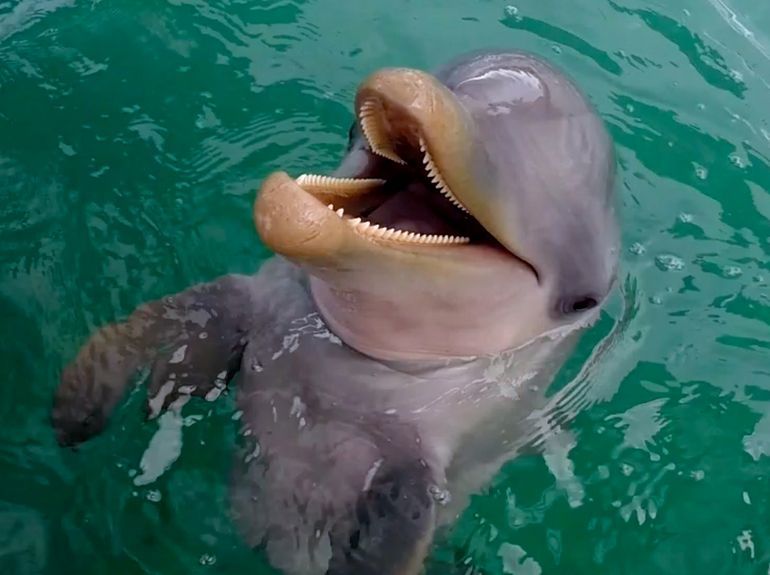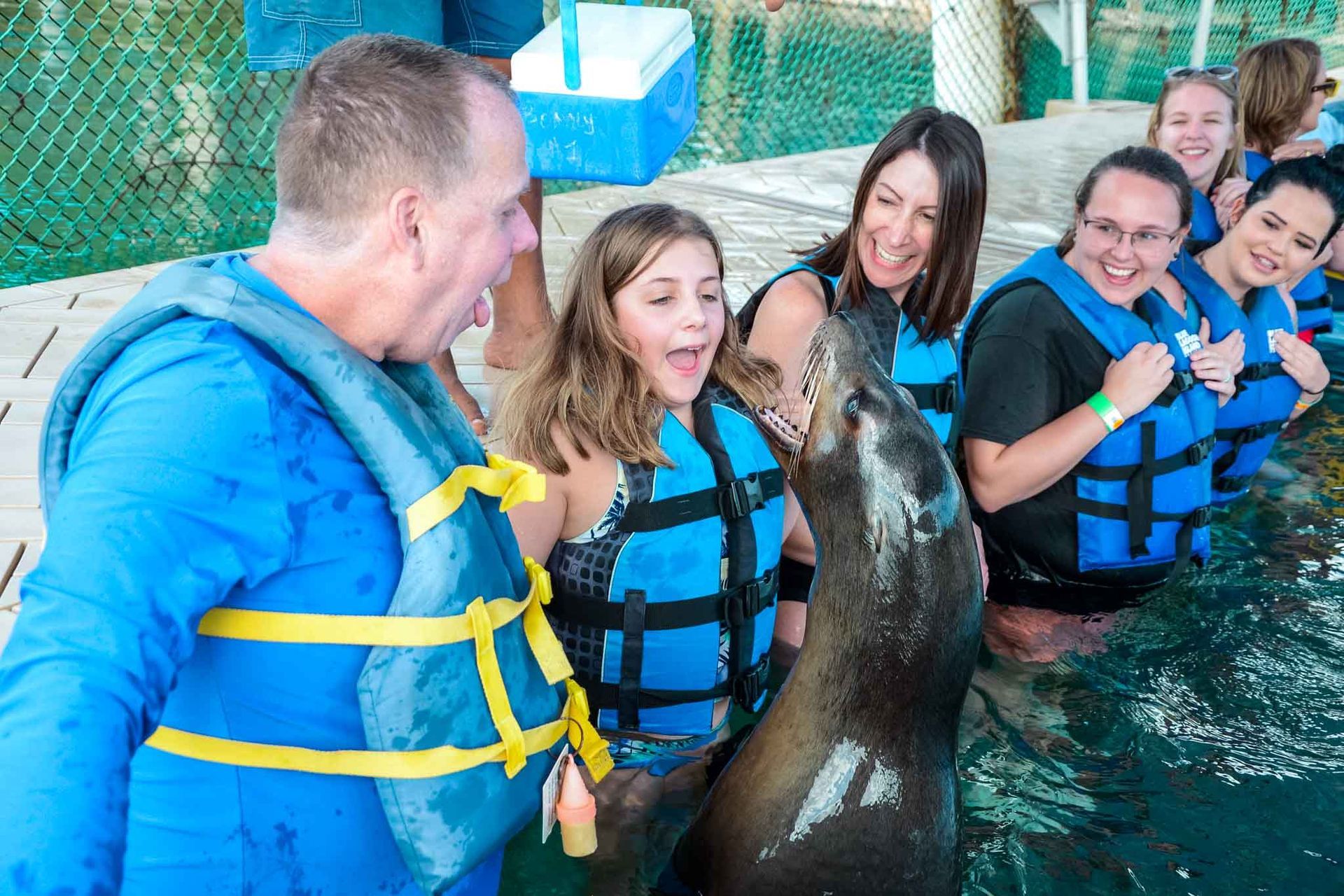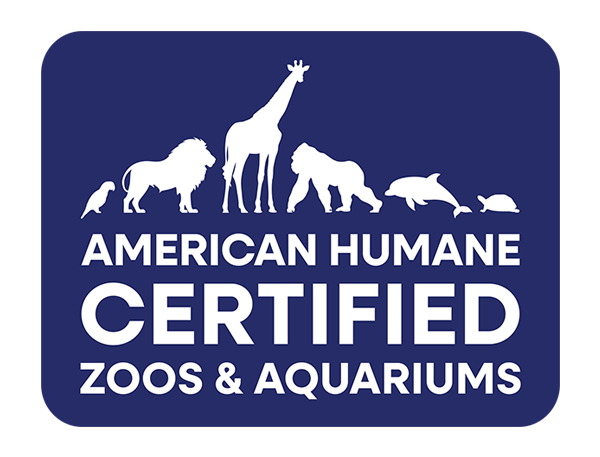
Dolphin Dictionary – Vocabulary
List of Services
-
Bait ballItem Link List Item 1
A dense mass of fish underwater which is usually a protective response to the presence of a predator.
-
BlowholeItem Link List Item 2
The opening on top of the head from which a dolphin or whale breathes.
-
By-catchItem Link List Item 3
Animals that are caught accidentally or intentionally and disposed of back into the sea as they are not the target species sought by the fishermen; often dead or injured, these animals do not have the market value making it worth catching these animals for profit.
-
Coastal EcotypeItem Link List Item 4
The shallow water sub-species of Atlantic bottlenose dolphins that is adapted for warm, shallow waters with a smaller body and larger flippers for greater maneuverability and heat dissipation; they generally can be found in bays, inlets, marshes, rivers and waters along the open ocean that are often at depths of 10 feet or less
-
CountershadingItem Link
A form of camouflage that allows an animal to blend in with the background making it difficult to be spotted by a predator; in the case of bottlenose dolphins, one side of the body matches the background seen from above and one side of the body matches the color of the background seen from below.
List of Services
-
Dorsal FinItem Link List Item 1
The fin on a whale’s back that is made of collagen and is often used to help identify individual animals.
-
EcholocationItem Link List Item 2
The ability to create sounds and listen to the returning echoes of those sounds when they bounce off objects underwater, allowing the animal to discriminate size, shape, speed, density and direction of an object in question.
-
EntanglementItem Link List Item 3
When an animal has a body part that becomes wrapped with a piece of debris that cannot be removed, often causing injury, illness or even death.
-
FlukesItem Link List Item 4
The rear fins on a whale’s tail that act as flattened paddles for power; they are made of fibrous connective tissue called collagen and are completely without bone, cartilage, or muscle.
-
Growth Layer GroupsItem Link
The layers of dental growth that are seasonally added to a toothed whale’s tooth which allow scientists to accurately determine the age of the animal.
-
HabitatItem Link
The natural home or environment of an animal.
-
Home RangeItem Link
An area in which individuals or groups regularly move about during day-to-day activities.
-
LoggingItem Link
A behavior of floating at the surface which is often seen when a dolphin is sleeping or resting.
-
MammalItem Link
an animal that shares the following traits: born live, has hair, breathes air, warm-blooded and nurses their young
-
Marine MammalItem Link
An animal that is a vertebrate is born live, has hair, breathes air, warm-blooded and nurses their young and they are adapted to living in the sea.
-
Mammary SlitsItem Link
the openings near the genital area of a whale that protect and conceal the nipples from which a calf would nurse.
-
Marine DebrisItem Link
trash that has made its way to the sea.

List of Services
-
Marine PollutionItem Link List Item 4
Any chemical waste, noise or invasive species introduced to the ocean.
-
MelonItem Link
the forehead of the dolphin which is filled with a fatty fluid that acts as an acoustic lens to focus the sounds used for echolocation.
-
MyoglobinItem Link
is an iron- and oxygen-binding protein found in the muscle tissue of vertebrates in general and found in abundance in the muscles of many marine mammals.
-
OdontocetesItem Link
the family of Toothed Whales in which all members are born with teeth.
-
Pectoral FlipperItem Link
the front fins of a whale which have a bone structure similar to a human hand and arm and mostly function for stopping and steering.
-
PeduncleItem Link
the muscular portion of a dolphin’s tail which provides power for swimming and runs from behind the dorsal fin to the base of the flukes.
-
RostrumItem Link
the extended upper and lower jaw of a dolphin; the lower jaw is filled with a fatty fluid and functions as an antenna for returning echoes received specifically for echolocation.
-
Signature WhistleItem Link
a particular type of sound a dolphin will learn after birth and are unique to each individual so that it can be used to identify them.
In case you didn’t know… Dolphin Facts
Discover the fascinating world of Atlantic bottlenose dolphins — from their unique biology and behaviors to the challenges they face in the wild. This collection of facts sheds light on how dolphins live, communicate, adapt, and survive, helping us understand why these intelligent marine mammals deserve our respect and protection.
In what type of habitats are bottlenose dolphins found?
Atlantic bottlenose dolphins are found in saltwater environments from bays, estuaries, marshes, saltwater rivers, and open ocean. You will find 2 ecotypes among them. The smaller inshore dolphins and the offshore and larger dolphins. Inshore coastal type can often be found in 10 feet or less of water. They hunt in more shallow environments than the offshore dolphins. A home range would be the local area traversed by pods or individuals on a daily basis.
What does a dolphin eat?
Being toothed whales dolphins are opportunistic feeders eating a wide variety of fish. Some types of fish consumed include herring, capelin, mackerel, squid, mullet, and sardines. They have conically shaped interlocking teeth which they use for grabbing prey which they swallow whole. The diet is not just varied species of fish, but some dolphins eat crustaceans, cephalopods, even small rays or sharks. Here at Blue Lagoon Island. Most of the dolphins at Blue Lagoon Island eat their fish headfirst but for our sealions it is different tail first!
How does blubber help a dolphin?
When we think of blubber, we simply think of fat storage for hard times, producing energy and also keeping warm important for thermoregulation as an ocean dweller. Yet, blubber has even more functions for a dolphin. This layer of fat that is made stronger and brought together by collagen and elastic fibers working to contribute to a streamlined shape and better swimming like a workout suit keeping it all together. It offers an extra layer of protection from death if meeting with a predator being prey. The predator must bite through this layer to get to important organs needed for survival and the dolphin lives another day. Blubber stores more than just fat, but temporarily stores biological pollutants such as PCBs (PolyChlorinated Biphenyls) and pesticides. Top predators such as dolphins and whales are more times exposed to toxins from pollutants in the build up from large prey consumed. After some time, this kind of toxic build up can be deadly. Blubber may release toxins from storage in the blubber when food may be scarce or a during lactating from the storage of blubber to nurse her calf.
Are dolphins camouflaged?
Indeed, dolphins have a camouflage called countershading, but they are not the only marine species to have this ability. Turtles, penguins, sharks, and rays as well as fish like marlin and mackerel all have an adaptation called countershading. All have darker upper sides that look like the ocean or blend to obscure from sight acting like a stealth suit if viewed from above. The light undersides are on task to do the same, this time to match the bright sea surface the darkness disappears. This makes visibility to predators less and a perfect escape from predators like sharks.
If dolphins are mammals, where is their hair?
At some time, any mammal will have hair, but some will lose their hair over time whether it be a short time or a long time. For dolphin hair loss takes place very quickly. When a calf is born a few curly hairs can be found on the rostrum. These hairs fall out soon after the calf is born. What other traits do mammals have? Mammals are born alive, warm-blooded, breath air, nurse their young in addition to having hair. Take a closer look and see the tiny pinholes where hair used to be when you meet a dolphin.
Why is a dolphin’s skin so smooth?
Dolphins are adapted to hydrodynamics, shedding their skin reduces drag and makes for more proficient swimming. It is also believed that the tiny ridges that you can feel from rapid exfoliation plays a role in sensory function. They shed their skin every 2 hours keeping them smooth and streamlines their body surface. Here at Blue Lagoon Island, you may see a dolphin using a rub rope or even the sand at the bottom of the lagoon to rub away the dead skin and prevent or relieve itching.
How fast dolphins swim?
Day to day swimming on average for a dolphin is about 3-5 mph. The fastest recorded speed was a burst speed before a vertical jump of 25.09 mph and alongside a boat by a trained dolphin was 18.20mph and 26.7 feet per second.
How do dolphins sleep?
Since dolphins breathe air and live in the water, it may be difficult to sleep and impossible by the method, we land dwellers use. So how do dolphins do it? Not only to prevent drowning, but also to keep safe from a predator, constant vigilance in essential. Dolphins are amazingly able to allow each side of the brain on duty and off duty time resting one side of the brain at a time. As one side is in a restful sleep state the other side is wake and aware. They may switch sides many times in a single rest period. Commonly we may see dolphin resting on the surface this is called logging, but cetaceans are also able to swim while sleeping.
How long can an Atlantic Bottlenose Dolphin hold its breath?
Being free divers and air breathing, the holding of breath is important for dolphins, who can hold their breath for 5-7 minutes. They have been adapted to be able to exchange 80% of their lung volume when they exhale and slow their heart rate during a dive decreasing the demand for oxygen. This super ability of having a large abundance in myoglobin in their muscle allows greater oxygen retention also decreasing the demand for oxygen in comparison to humans.
What types of sounds do dolphins make?
There are 3 types of sounds made by a bottlenose dolphin all coming from the blowhole. Burst pulse also known as a buzz, whistles and clicks all used for echolocation and to communicate. Whistles are useful for communicating, location and identity, even possibly how they feel. At just a few months of life they will develop a one-of-a-kind whistle called a signature whistle which does not change for most of even their entire lives.
What is echolocation?
A dolphin has the ability to receive information sending sound waves through echolocation clicks. When the sound waves return, they are able to access information from the echoes that bounce of objects in the water. Clicks are focused like a beam of light as they pass through the melon. Upon return, echoes are received through the lower jaw that is hollow, passing soundwaves through fatty fluid. Up to 70 meters away, dolphins can then decipher many things about an object. Shape, size, speed, direction even structure and composition.
How do we tell how old a dolphin is?
We can tell through teeth. Dolphins will have one set of teeth for an entire lifetime unlike humans who lose baby teeth before adult teeth come in. Should a tooth of a dolphin be removed it can be examined to reveal their age. Similar to trees, whose layers increase annually and growth rings develop. By counting growth rings from the spliced section of tooth we have an account of the number of years lived.
How long does an Atlantic bottlenose dolphin live?
Here at Blue Lagoon Island our oldest dolphin passed away at the age of fifty-six (56). Yet, in the wild this decreases dramatically to less than half the time. Marine mammal facilities accredited by AMMPA (Alliance of marine Mammal Parks and Aquariums) which includes this facility provide protection from predators and pollution respecting the rights to thrive. We do this by healthy diets and preventative health care by which animals present and agree to voluntary behaviors such as ultrasound exams, pre-natal and dental which facilitate medical procedures to ensure health.
Are dolphins without predators?
No! Other dolphins such as killer whales and sharks are naturally predators of dolphins. Some predators, however, are not killers at all, they simply leave their prey alive. One such shark is the cookie cutter shark. The feeding method is the removal of chunks of flesh in a cookie shaped from living prey.
What threats affect dolphins the most in the wild?
At the top of the list, recreational and commercial fishing are the most frequent threat to dolphins in the wild. Dolphins can be caught in non-let-down nets and end up as by-catch. Entanglement itself is threatening to survival due to the difficulty in removal or even impossibility of removal. The impacts of non-removal can be serious if not deadly. Besides injury, which is painful and infections which have multiple impacts on the body, greater impacts occur. It may range from drowning if entangled underwater, loss of limb bigger risk of being vulnerable to a predator.
How can I help Dolphins?
Best practices allow all of us the opportunity to thrive here on Earth no matter where we live and interact, through respecting living creatures. Keeping a healthy ocean begins with such a respect. This will make conservation an easy way of living and not a chore. You will keep the ocean clean and clear of debris by active participation in combating trash to REDUCE, REUSE and RECYCLE. BE THE MESSAGE, take part in a beach cleanup. By respecting their homes and personal space we become friends and not foes to these amazing animals. Research and follow Watchable Wildlife Guidelines to learn more about protecting and respecting wild animals everywhere.
Got more questions? Let us know at…
Educational Contact Email:
More to Discover










